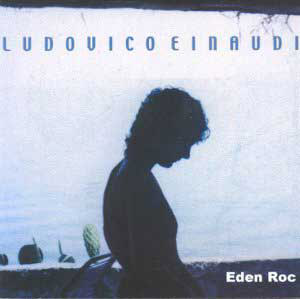Einaudi is a composer with an impressive pedigree behind
him. He trained at the Verdi Conservatorio in Milan under Azio Corghi
and later under none other than Luciano Berio, travelling to the US
in the early ’80s with a music scholarship. There he attended Tanglewood,
where he had pieces performed, along with many other prestigious international
venues.
All of which makes it hard to come to terms with the
almost total vacuity of this music. Einaudi has one or two good ideas,
but gives the impression that he has not the faintest notion of where
they might go or what to do with them. Each short piece meanders on
repetitively for its duration, the mood rarely breaking surface above
a kind of generalised adolescent melancholy which is very dispiriting.
In truth, I’ve heard a lot that’s preferable to this on tapes of music
submitted by fifteen-year-olds as GCSE compositions.
The sad thing is that he has with him some good performers,
who invest the music superficially with a certain credibility, and do
at least make it easy on the ear; Djivan Gasparian plays superbly on
the duduk (a flute-like folk instrument), and Quartetto David play with
commitment, especially their viola player Antonello Leofreddi, who is
featured prominently on one or two tracks.
I suppose it’s possible that this music would work
well as the accompaniment to dance or mime. Einaudi has been involved
in a great deal of what is described as ‘multi-media’ work. Some of
the more ‘atmospheric’ tracks featuring the duduk (e.g. Yerevan II)
will be the answer to some travelogue producer’s prayers. But this music
is far too slender to stand up on its own.
Gwyn Parry-Jones


